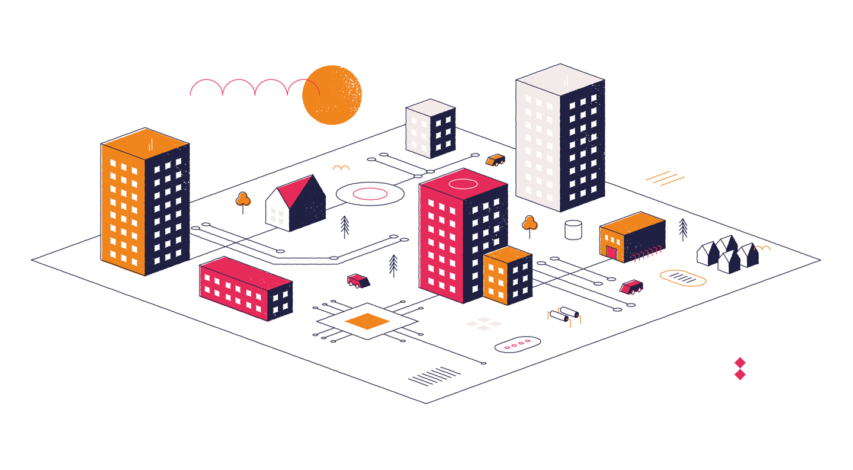
Automated Valuation Models (AVMs) have become increasingly popular in recent years as a tool for estimating property values in the real estate industry. These models employ algorithms and vast amounts of data to generate property valuations quickly and efficiently. While AVMs may offer several benefits, including reduced costs and faster processing times, they are not without their drawbacks.
Limited Data and Data Quality
One of the primary reasons AVMs can be prone to errors is the quality and availability of data used in the valuation process. AVMs rely on historical sales data, property characteristics, and local market trends to generate valuations. However, the data available may not always be accurate, complete, or up-to-date. Inaccurate data can lead to incorrect valuations, as the AVMs' algorithms may not fully capture a property's unique features or recent market fluctuations.
Inability to Consider Unique Property Features
AVMs use algorithms to analyze property features and compare them to other properties in the area. However, these models may not fully account for unique aspects that can significantly impact a property's value, such as its architectural style, interior design, or recent renovations. Additionally, factors like the property's location, view, or proximity to certain amenities can considerably influence its value, which an AVM may not capture.
Homogenization of Neighborhoods
AVMs typically analyze properties in a specific neighborhood or geographic area to determine their value. However, neighborhoods can be diverse, with varying property types, sizes, and conditions. AVMs may struggle to differentiate between these variations and generate accurate valuations for individual properties. This can lead to over- or underestimating the value of a property based on a generalized view of the neighborhood.
Insufficient Market Analysis
Real estate markets are complex, dynamic, and influenced by numerous factors, including economic conditions, supply and demand, and even local events. AVMs may be unable to adequately account for these factors, especially if they occur suddenly or significantly impact property values. Consequently, AVM-generated valuations may not reflect the actual market value of a property in certain situations.
Lack of Human Expertise
One of the most significant limitations of AVMs is their inability to incorporate human expertise and intuition. Real estate professionals, such as appraisers and agents, have years of experience and training in evaluating property values. They are adept at considering various factors that AVMs may struggle to account for, including property conditions, local market trends, and other qualitative aspects. As a result, relying solely on an AVM-generated valuation may lead to errors and inaccuracies.
While Automated Valuation Models can offer efficiency and cost savings, they are not without their limitations. Their reliance on data quality, inability to consider unique property features, homogenization of neighborhoods, insufficient market analysis, and lack of human expertise can result in inaccurate property valuations. Real estate professionals should be aware of these potential pitfalls and consider using AVMs as just one tool in their toolbox, supplementing them with their expertise and experience to provide more accurate valuations.
Posted by Tim Bray on

Leave A Comment